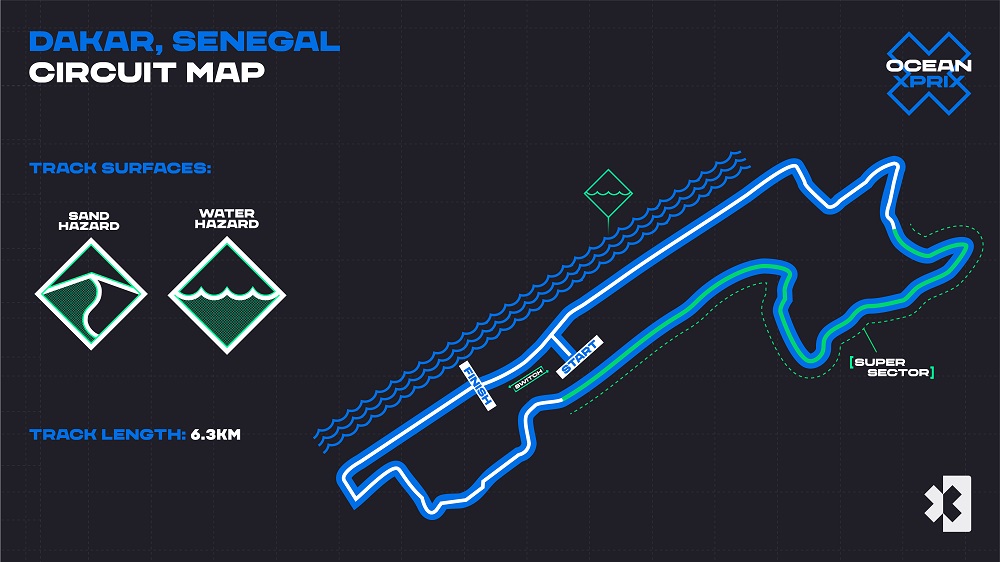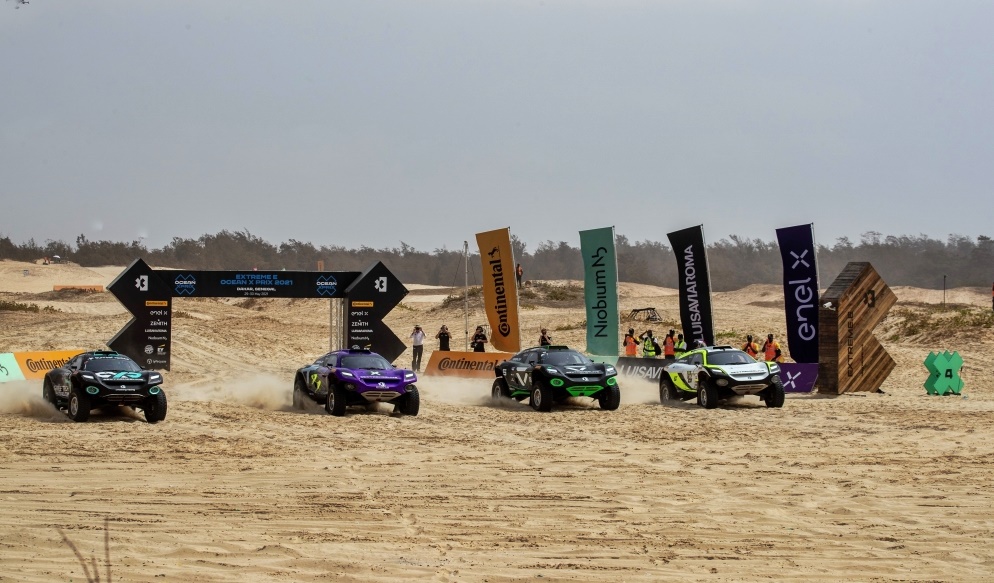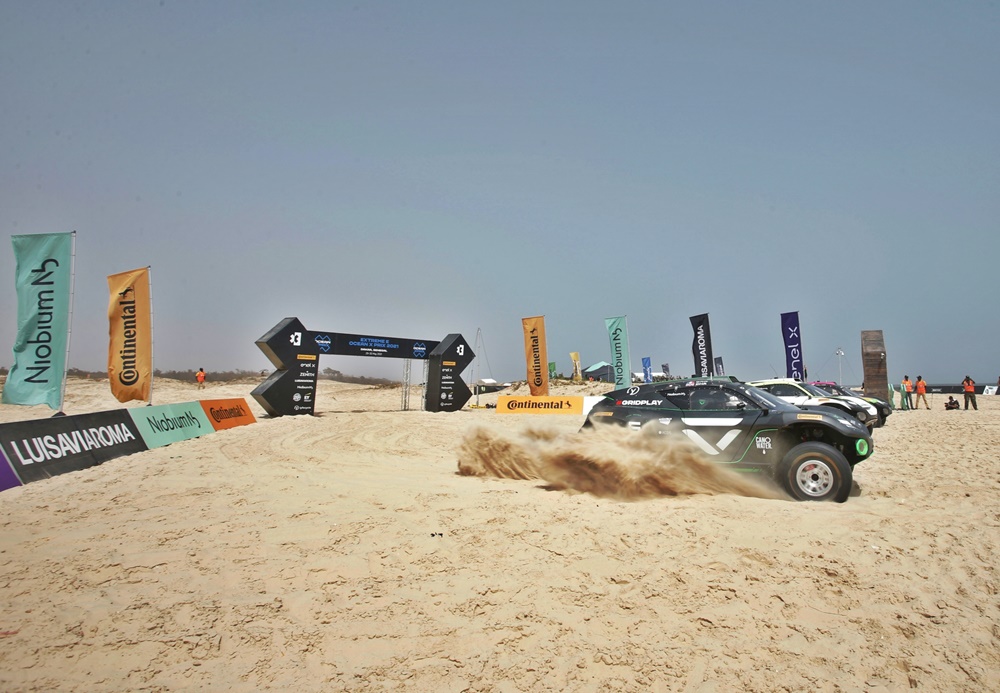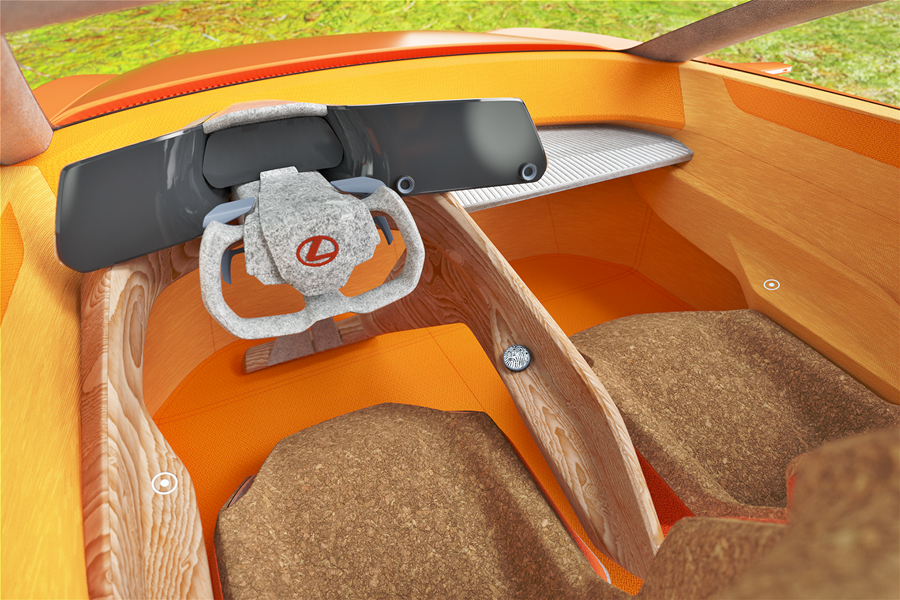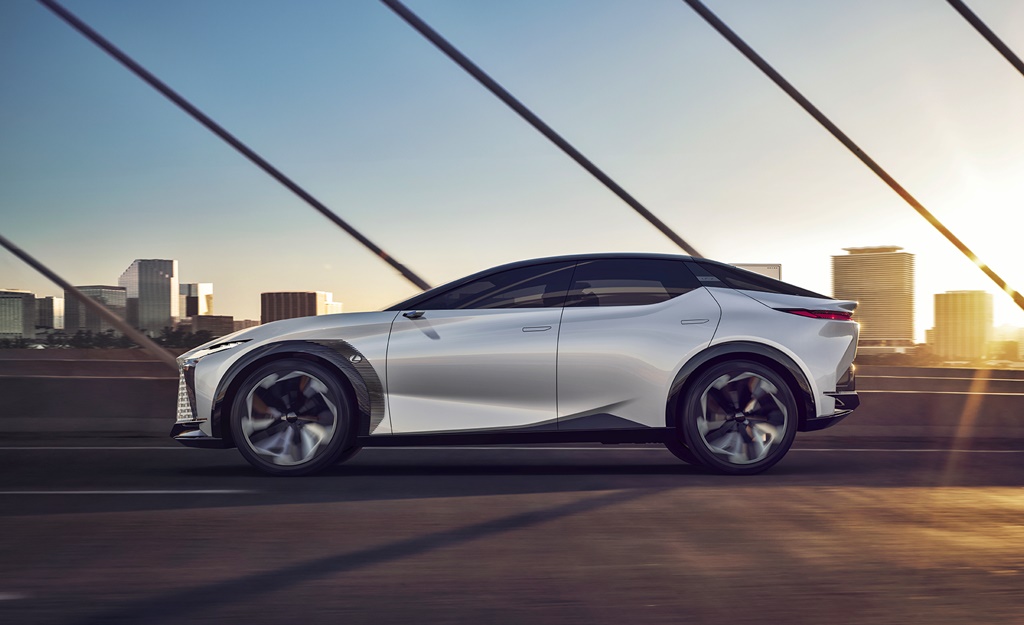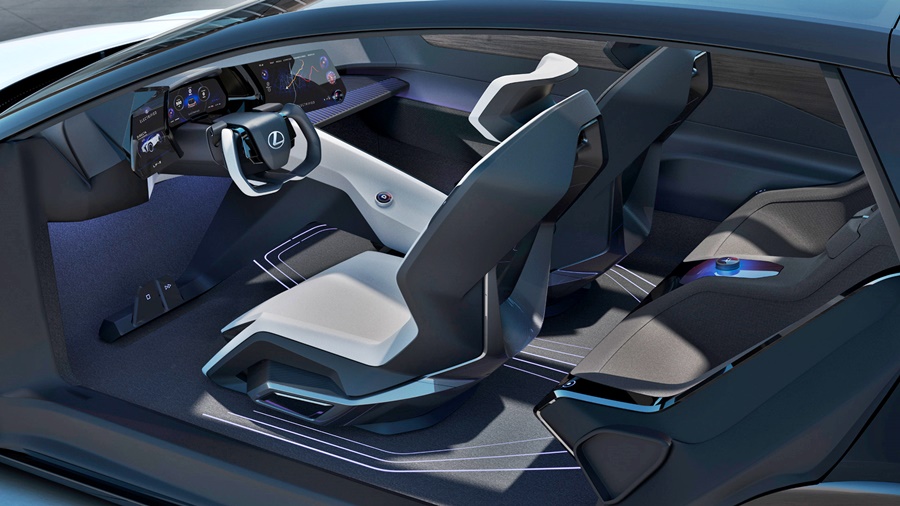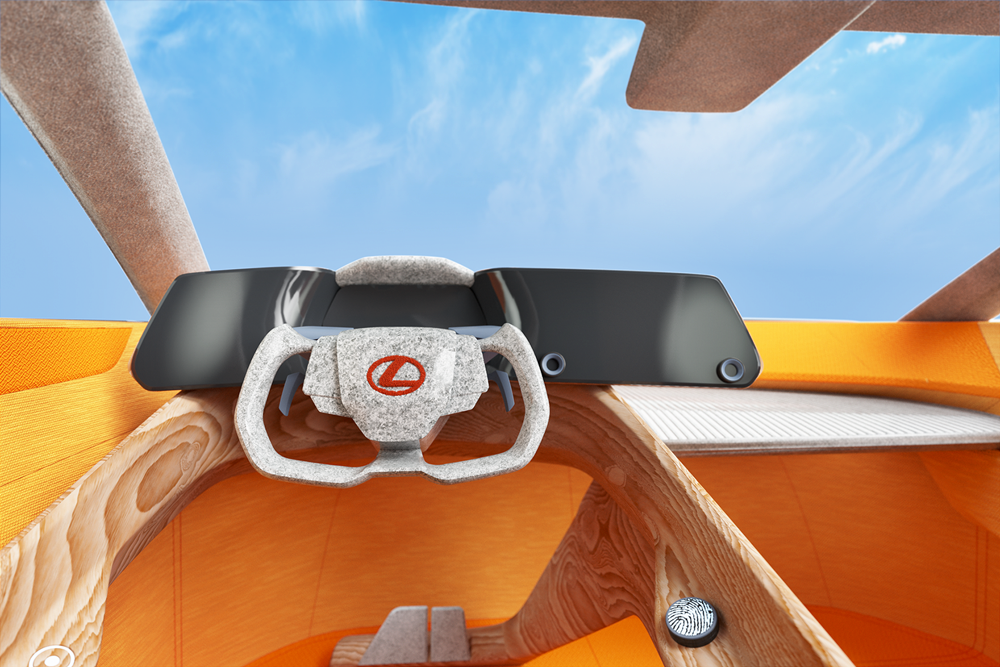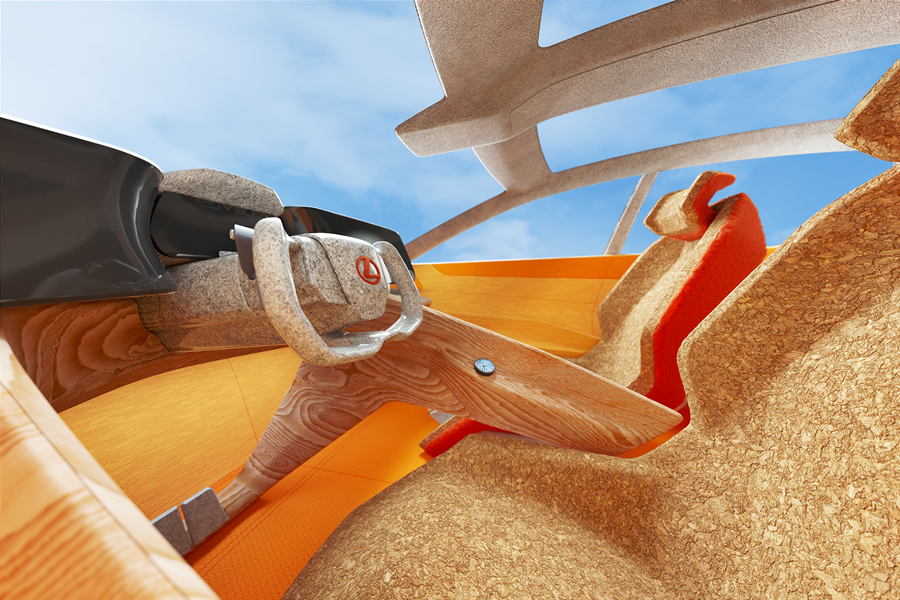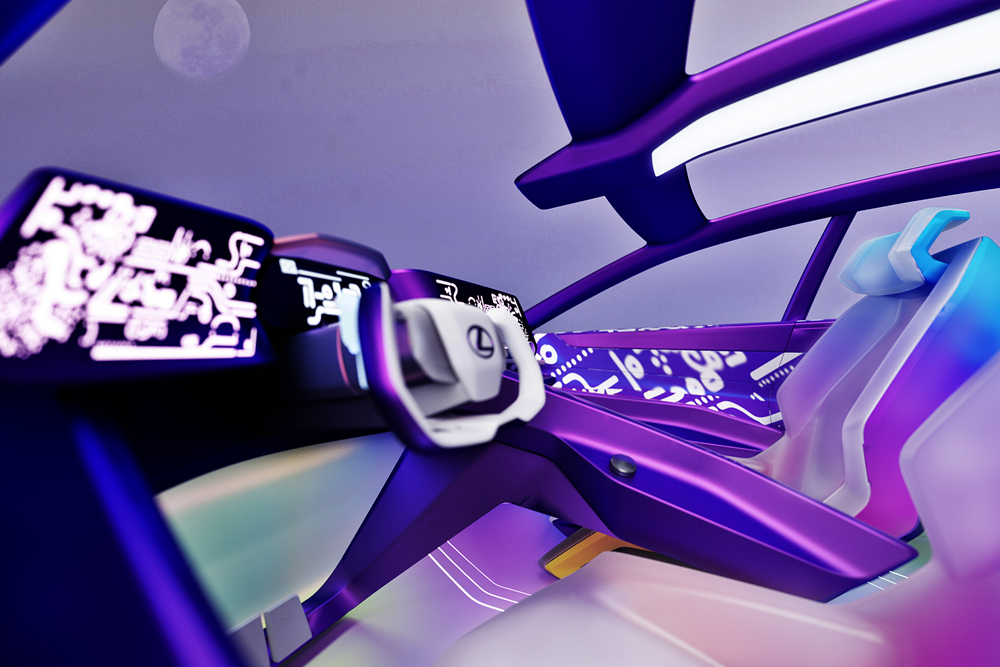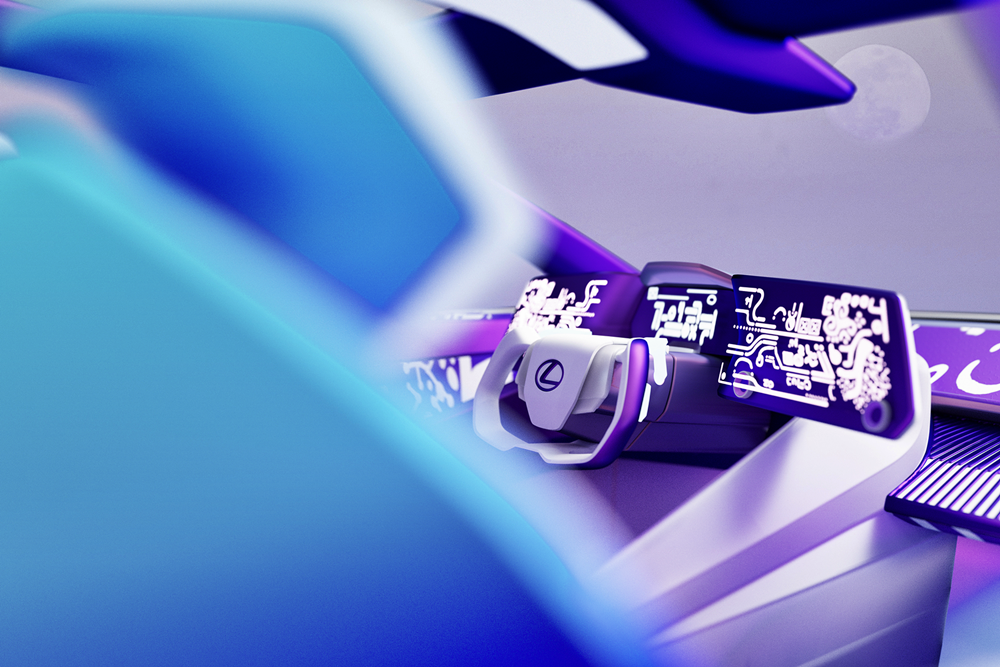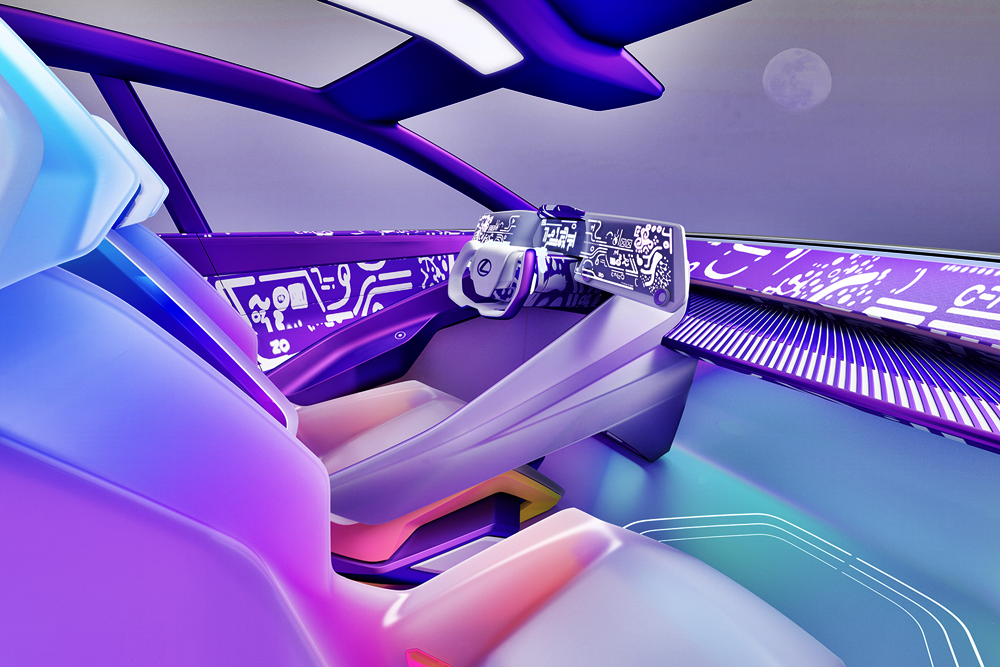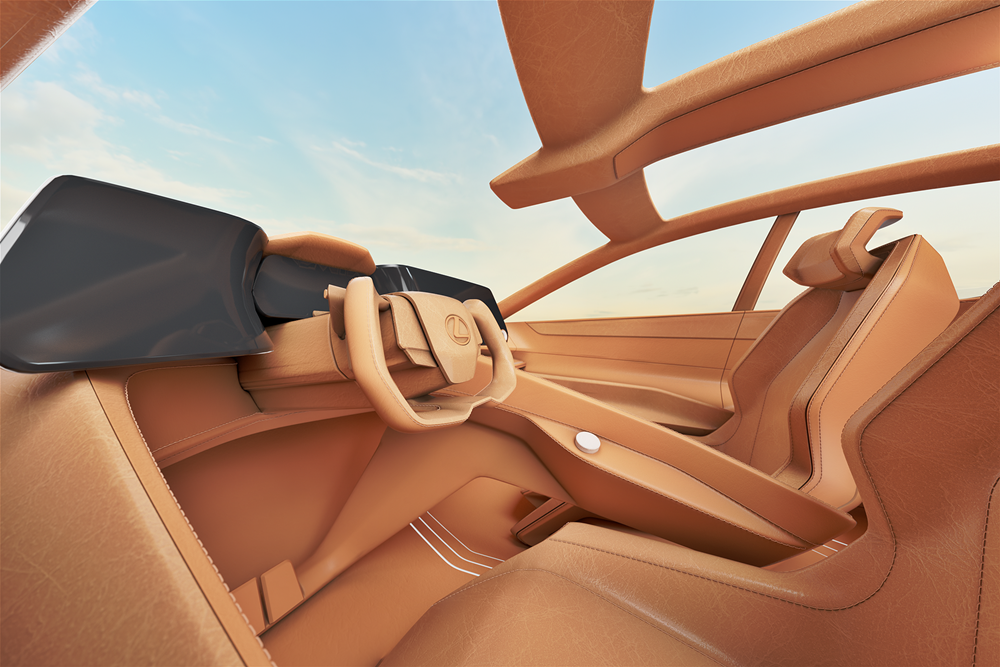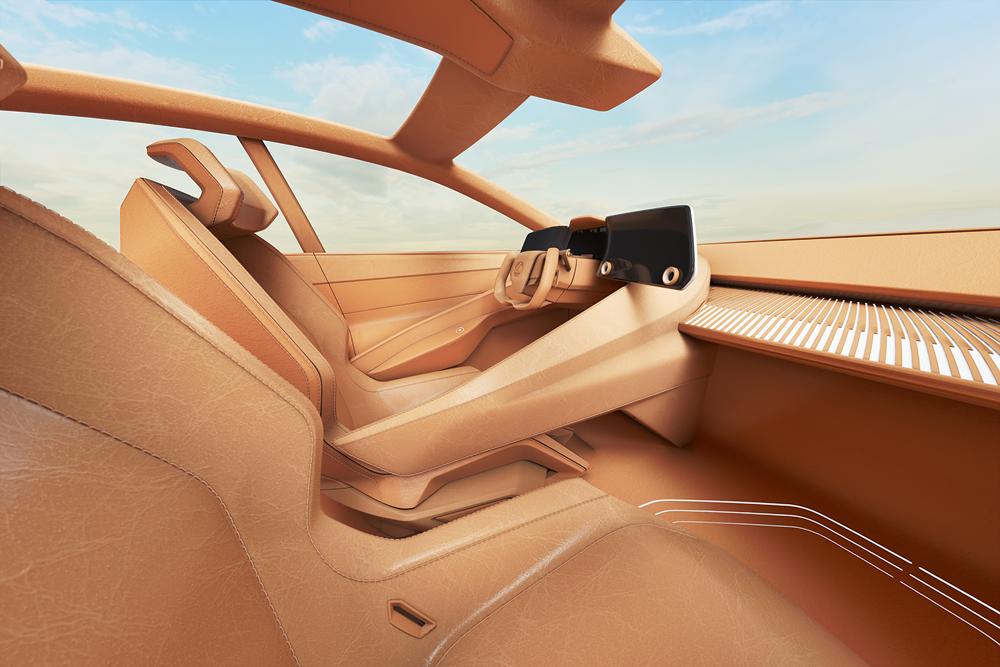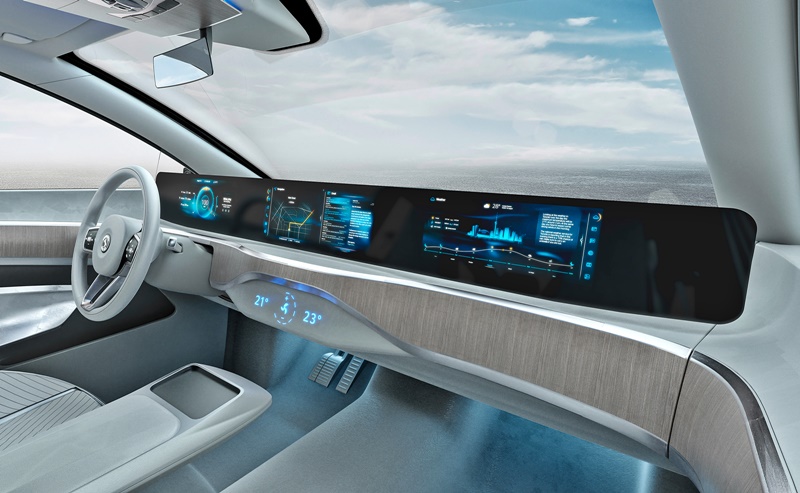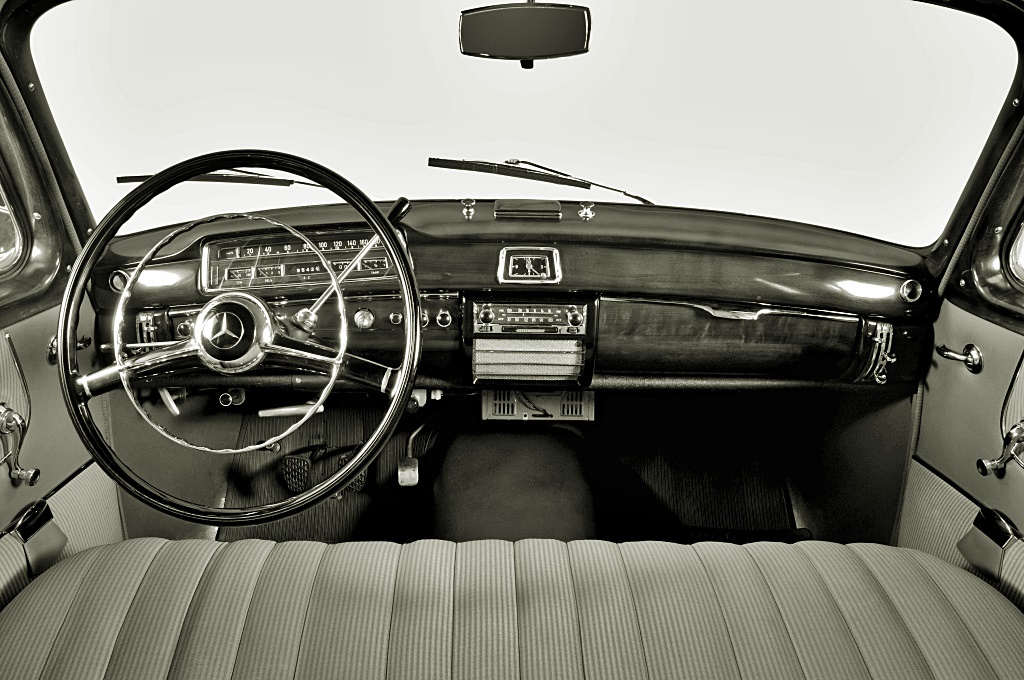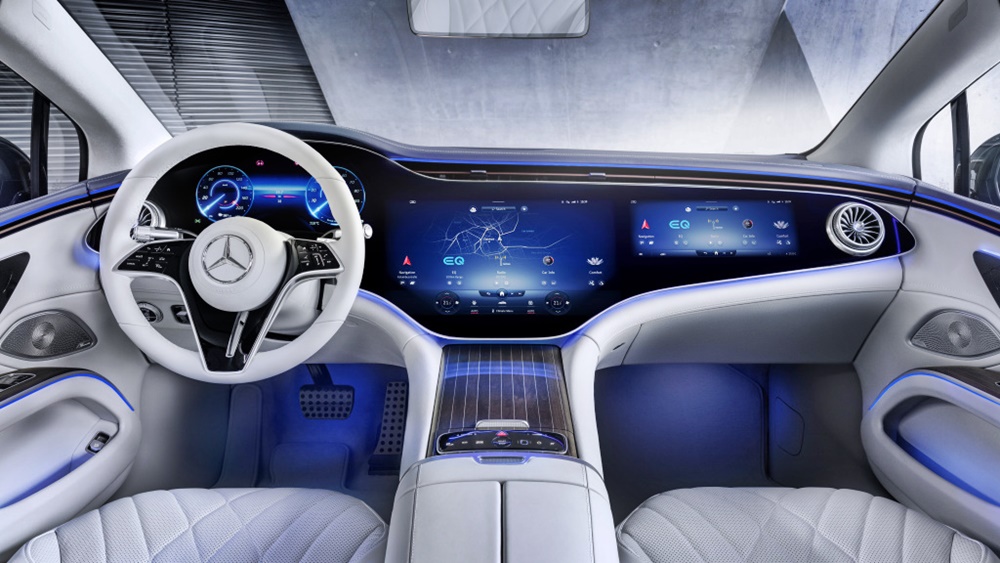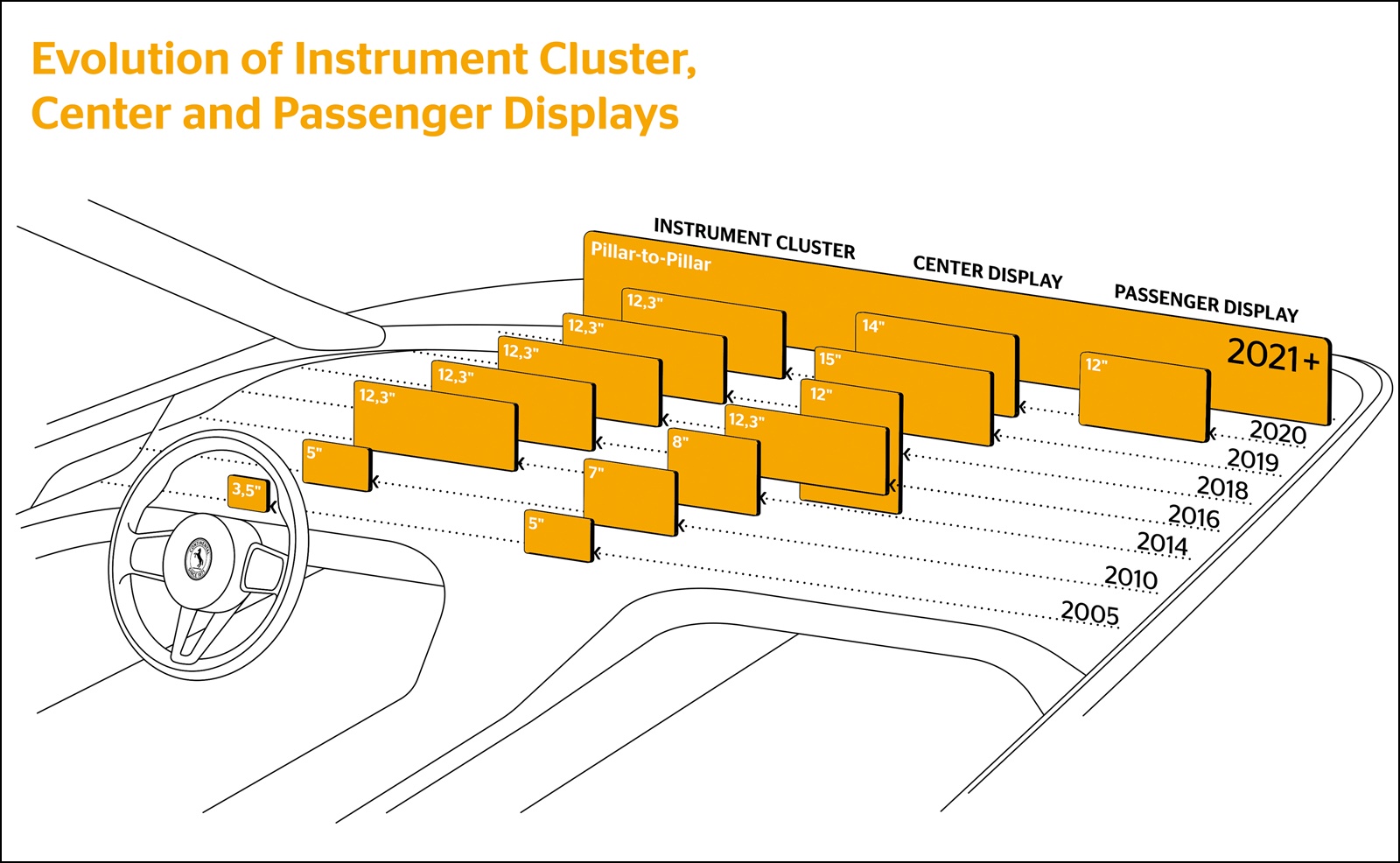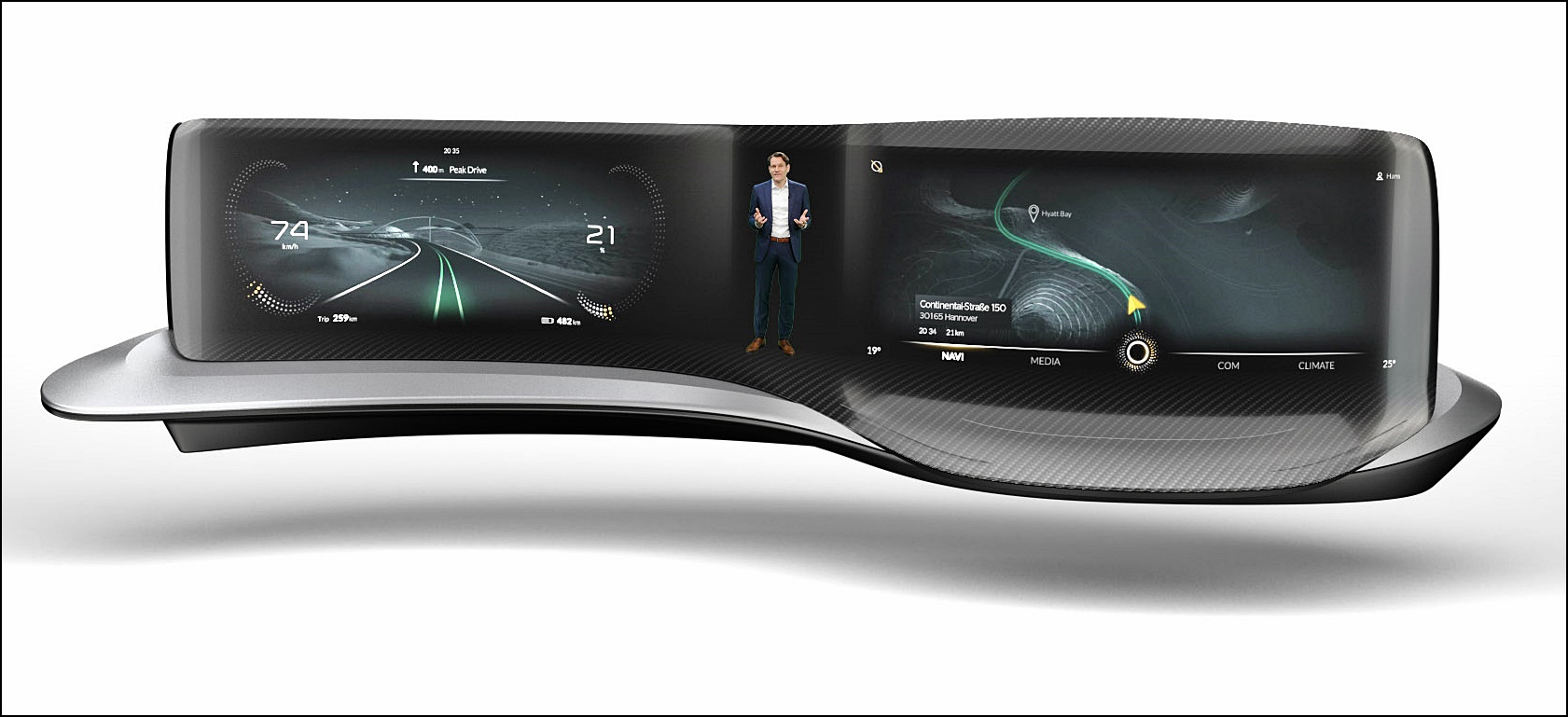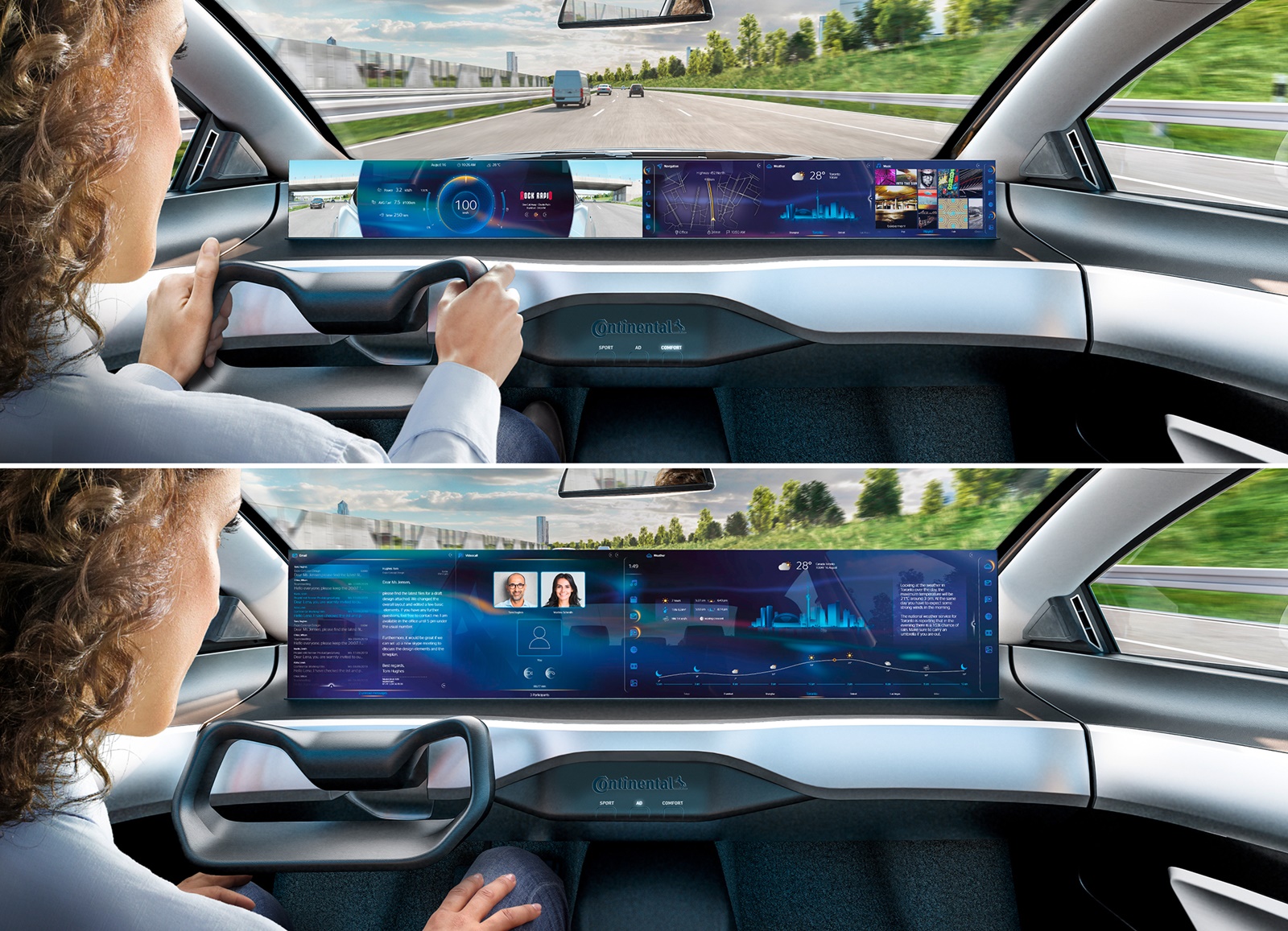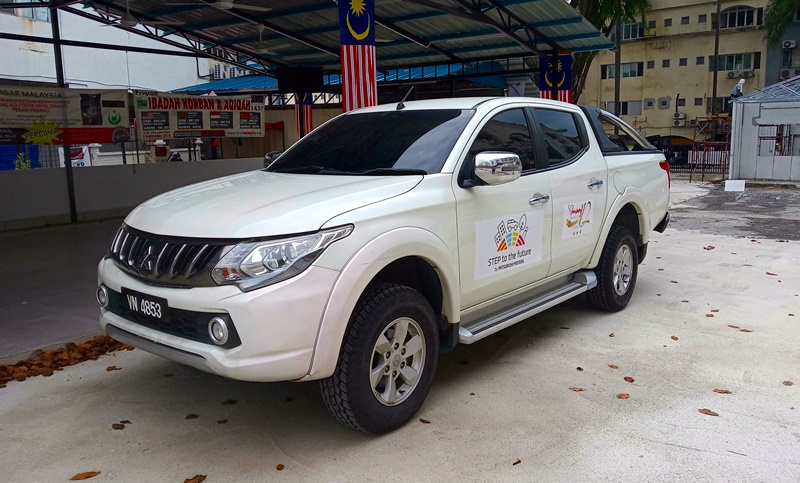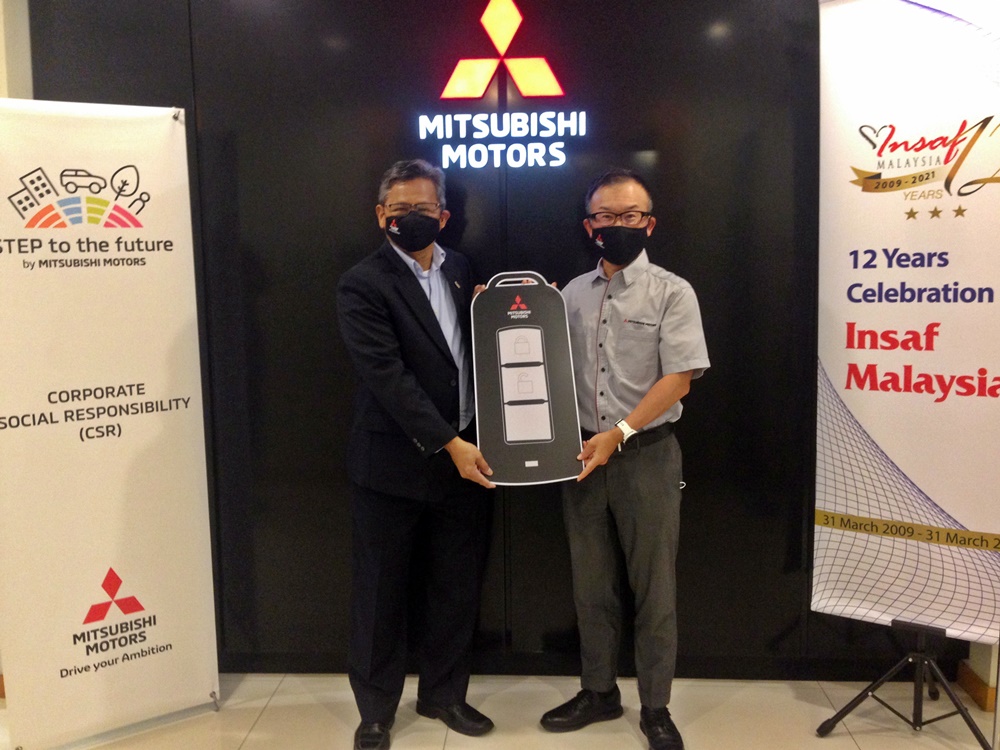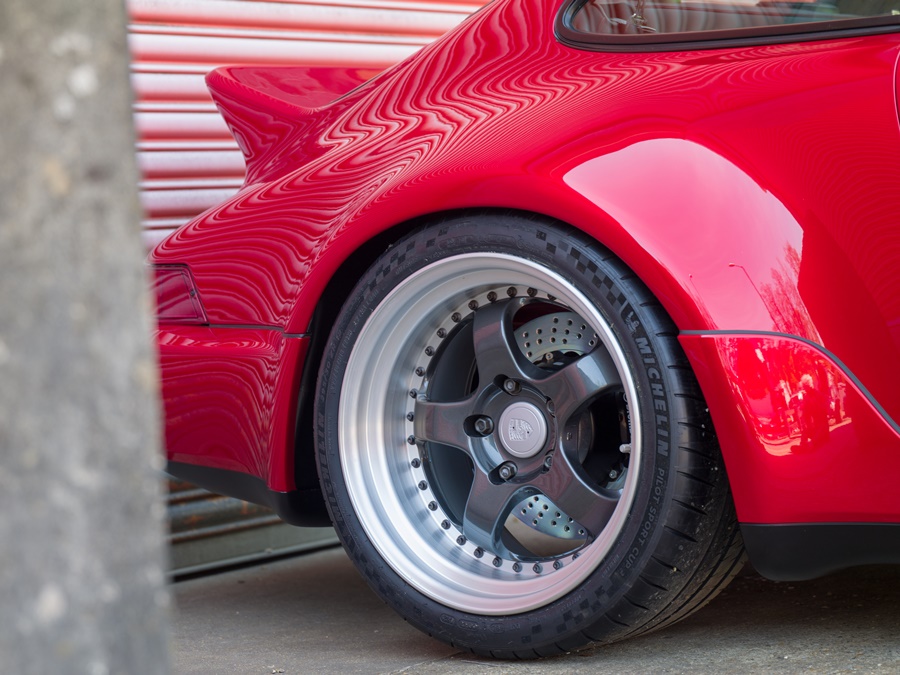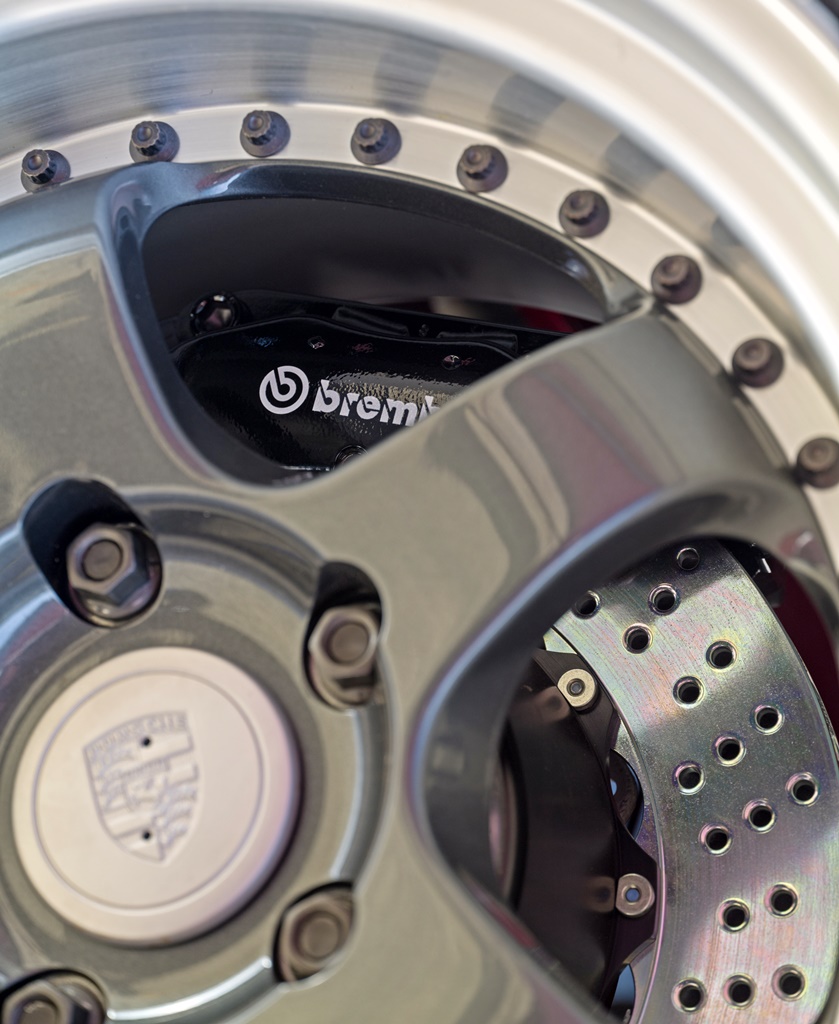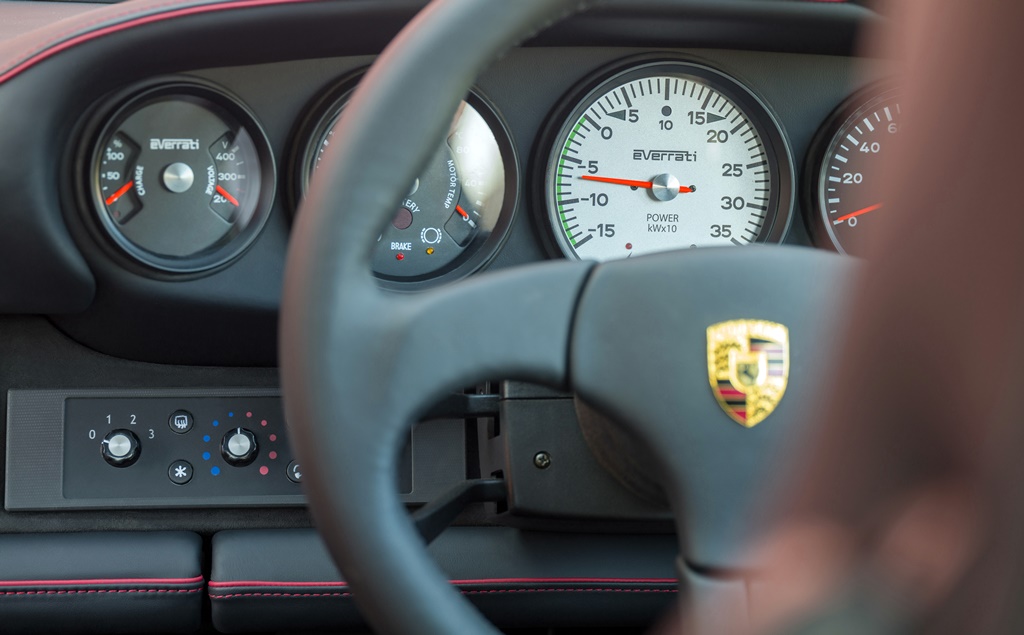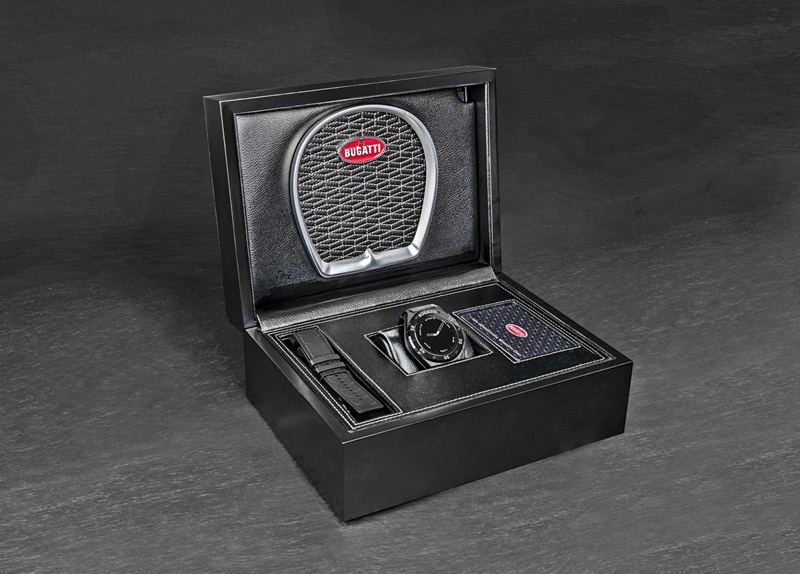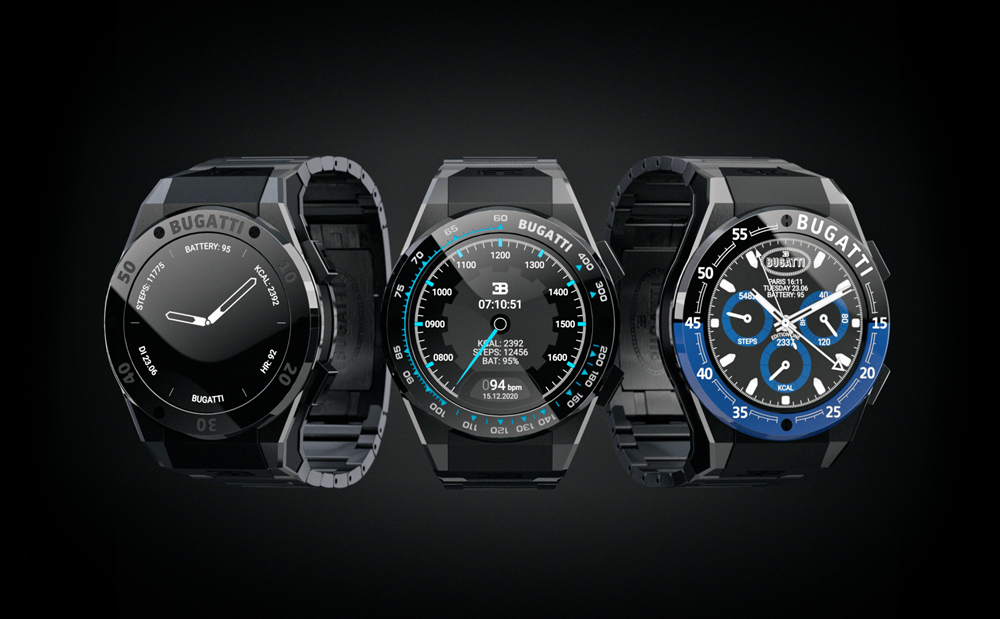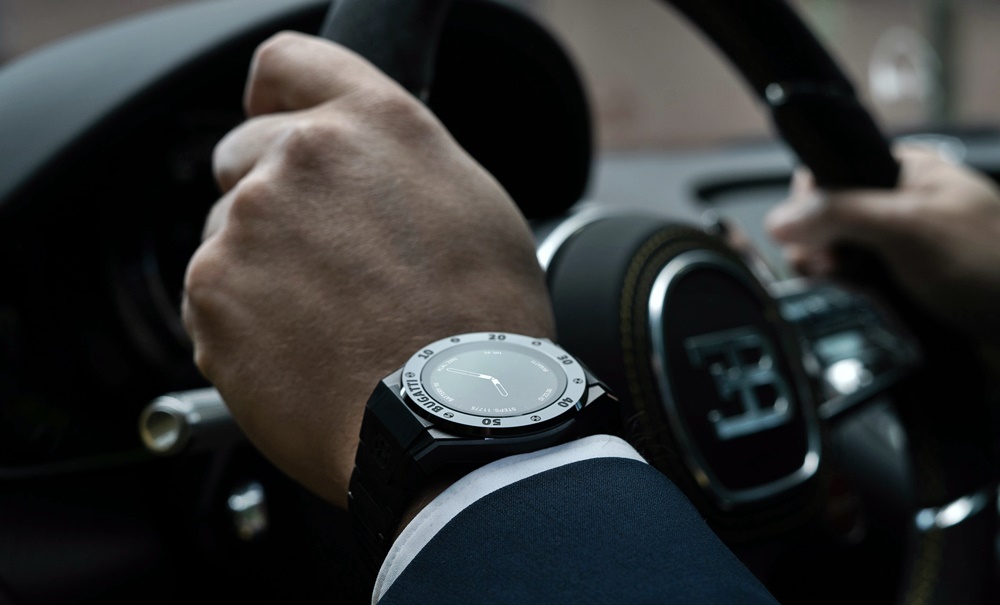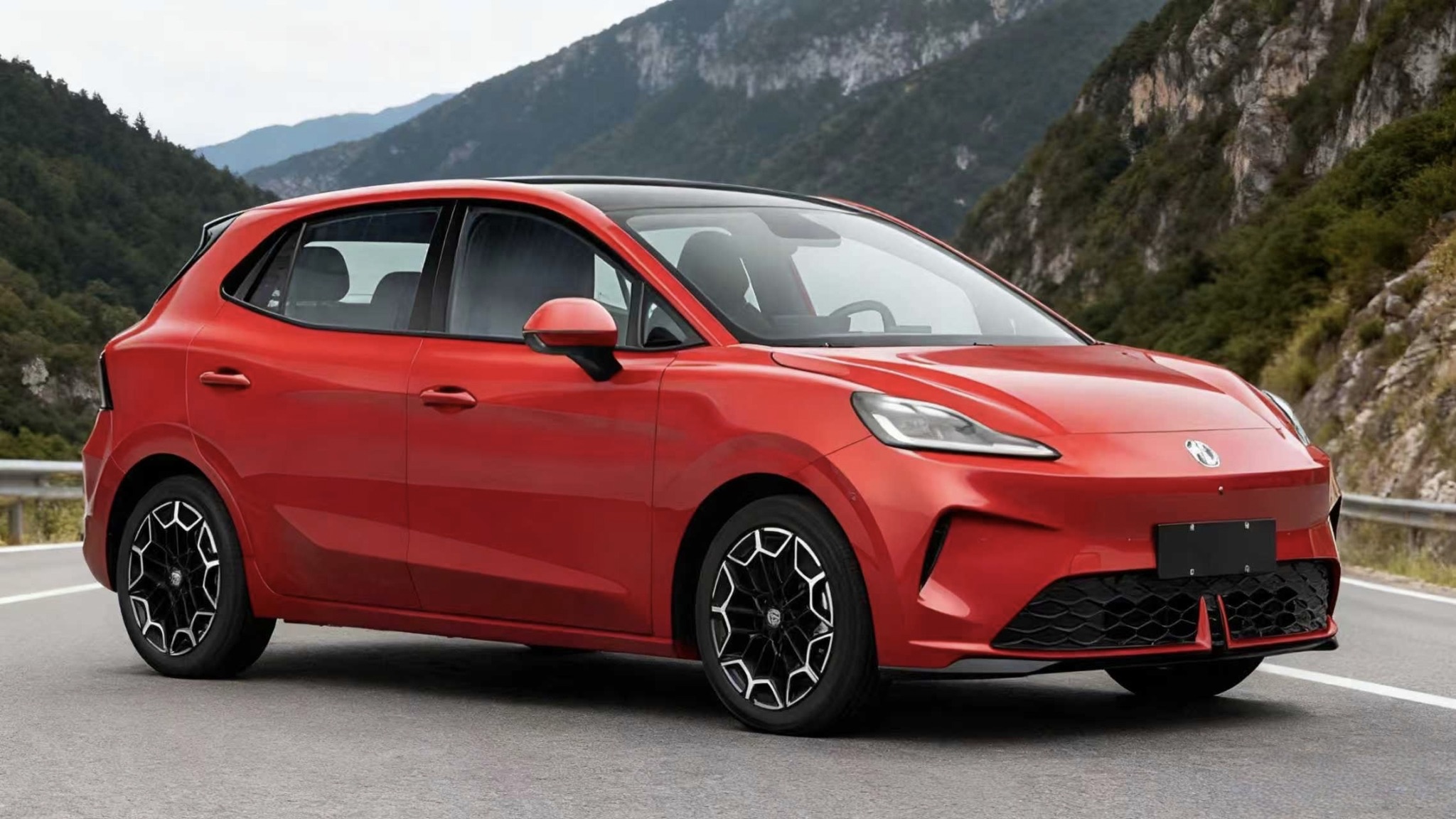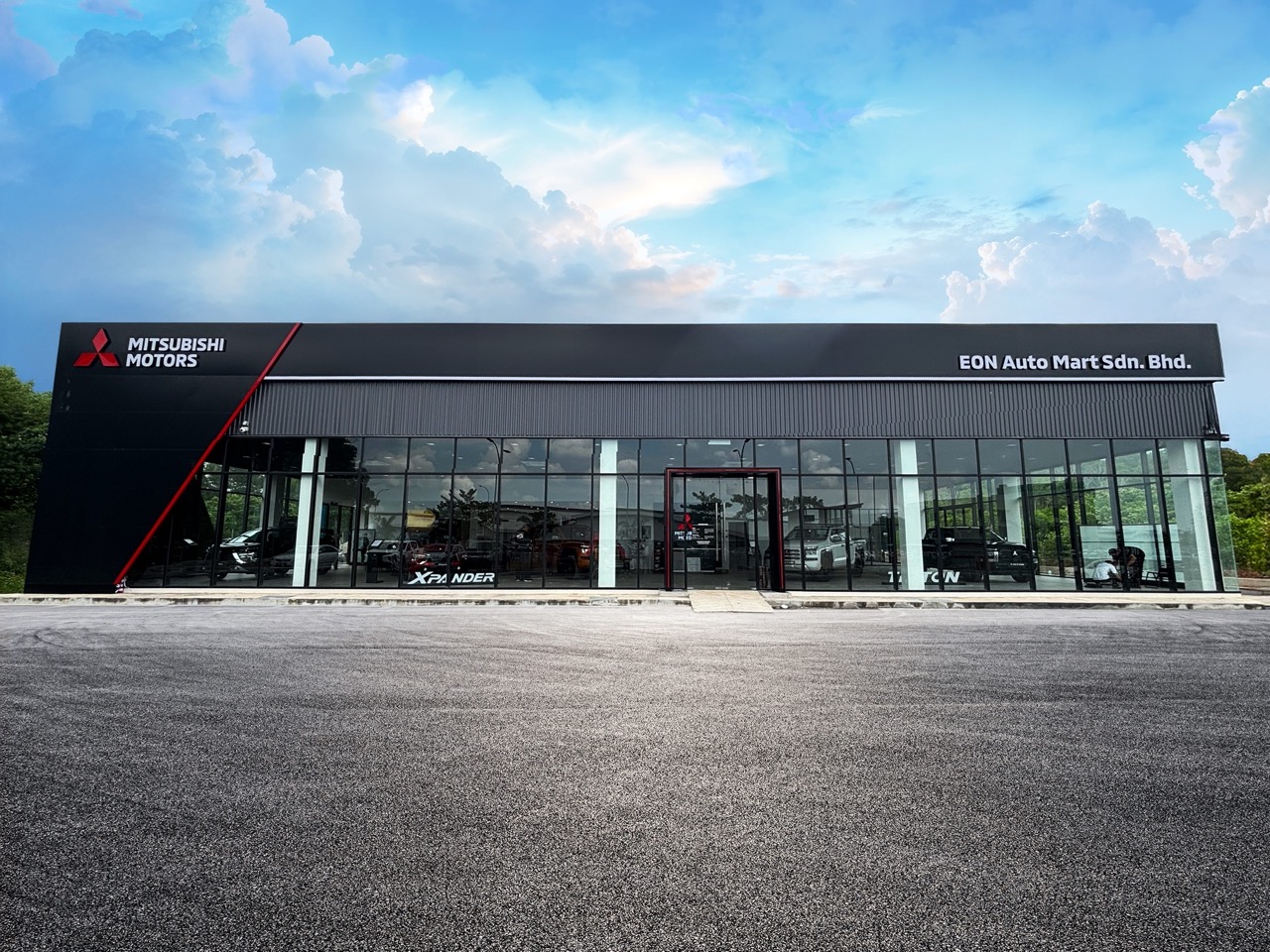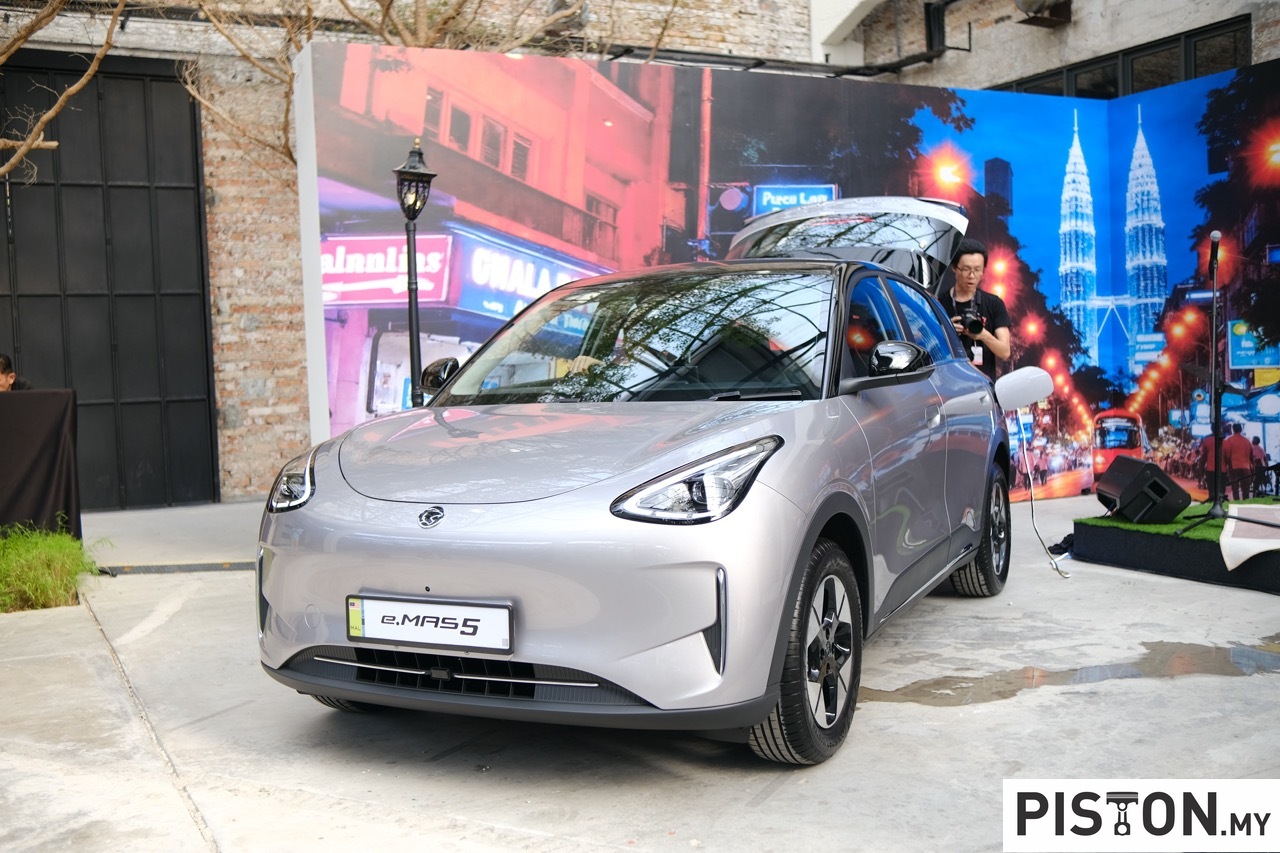
The Rosberg X Racing team was victorious again in the second round of the Extreme E series, this time held at Lac Rose on the coastline of Dakar, Senegal. The crew of Johan Kristoffersson and Molly Taylor faced intense pressure from rival teams during the two days of the event which was known as the Ocean X Prix.
While the Desert X Prix, the first event in April, was run in dry desert conditions in Saudi Arabia, this round was along the beach fronting the Atlantic Ocean. High drama in the Grand Final saw two of the four cars retiring at the first corner, which left Rosberg X Racing to extend their championship lead and Veloce Racing to snatch a surprise result, bouncing back from their disastrous Desert X Prix.
Sandy but very different from Saudi Arabia
The Extreme E drivers loved the tight and technical Ocean X Prix course which made for close racing and had several options for alternate routes as drivers made their way over sand dunes.
“The race format here has been a big step forward from Al-Ula in terms of development for race excitement – but it’s still early stages and there’s still a way to go. One needs to analyze again, and I think we keep on seeing more and more glimpses of such awesome motor racing and this will continue to evolve into a super spectacle the more we go on. Remember, nobody’s ever done this before, and you have to be open-minded and accept that you are going to learn and make it more and more exciting each time,” said Nico Rosberg, Founder and CEO of Rosberg X Racing.
“I love this whole championship and being in the role of team principal – I’m still as competitive as hell even though I’m not actually driving. Anyway, we have the two best drivers in the car who are doing a much better job than I could – and I couldn’t be happier!” the former F1 driver added.
Races on the beach
A Shoot Out saw three top teams face off in spectacular fashion. Segi TV Chip Ganassi Racing, Andretti United Extreme E and ACCIONA | Sainz XE Team had all endured mechanical gremlins plaguing their qualifying runs.
Timmy Hansen stole the advantage into the first corner with Sara Price and Carlos Sainz in hot pursuit. The Spanish rally driver patiently waited for his opportunity and wrestled the lead away from Hansen before entering the switch zone.
At the driver swap, Laia Sanz ran into trouble failing to successfully connect her communications cable. Nonetheless, Sanz re-joined in the lead and looked to have the edge but Kyle LeDuc had other ideas. The 39-year old fired out of the switch zone in third place but quickly set about closing the gap to the top two. LeDuc showed his mettle by slicing through the gap to Catie Munnings and claiming second place, followed quickly by a spectacular move on Sanz to claim victory in the Shoot Out.
Drama unfolded before the first corner in the Ocean X prix Grand Final as GridPlay winners Veloce Racing opted to start on the third grid slot, but the advantage was quickly lost as Stéphane Sarrazin was squeezed out at the first gate dropping back to last position.
JBXE’s Mikaela Ahlin-Kottulinsky picked up rear-wheel damage before she even reached the first corner and inevitably was forced to retire the car, as was Cristina Gutierrez in the X44 car who came to blows with the Rosberg X Racing ODYSSEY 21 – in an incident reminiscent of the two Formula 1 World Champions on-track disputes in 2016 – at turn one and ended her day on the sidelines.
Molly Taylor and Sarrazin were therefore left to fight it out for the lead, with the Frenchman closing the gap throughout the lap and ending his stint hot on the heels of the 2016 Australian Rally Champion.
To ensure officials could safely clear the stricken X44 and JBXE cars, a brief red flag was deployed, as the intense battle for the lead was put on hold whilst the drivers made their way into the switch zone. A standing start restart was initiated as Jamie Chadwick and Johan Kristoffersson prepared for an all or nothing, one-lap showdown.
A close-fought drag race down to the first gate ended with light contact between the two ODYSSEY 21s handing Kristoffersson the advantage. Once he had reached the technical section of the course, the three-time FIA World Rallycross Champion began to stretch his legs opening up a 15-second advantage to win Rosberg X Racing’s second Extreme E X prix in succession.
“It’s so fantastic to have won today! Coming here, it felt like we had a lot of work to do over the weekend, and it certainly didn’t come easy. But with every session, we just kept our heads down and just saw where we needed to improve, and everything totally paid off in the end,” said Rosberg X Racing’s Taylor.
Sailing to Greenland
With the conclusion of the Ocean X Prix, the Extreme E fraternity and vehicles return to the championship’s floating paddock – the St Helena. This specially configured ship is being used to provide transport to each venue to reduce carbon emissions and also serve as a scientific laboratory for researchers accompanying the event. The next round will be the Arctic X Prix in Greenland on August 28/29.
The other side of EXTREME E
Apart from being an exciting motorsport series, Extreme E is using the power of sport, and the excitement of motor racing, to inspire fans to take practical steps on climate change. At each of the race locations, various environmental activities will be carried out to help local communities as well as create awareness.
In Dakar, Extreme E has teamed up with local NGO, Oceanium, to plant one million mangrove trees in Senegal. In addition, Extreme E will support the EcoZone Project, a living lab that addresses the Lac Rose community’s primary needs while preserving the environment through experiential learning, regenerative agriculture and a circular economy.
The Oceanium project, which Extreme E has identified in partnership with TO.org, will focus on five areas totalling 60 hectares – the equivalent of around 112 football fields – with the aim of reforesting mangroves, providing education to local populations and improving social cohesion.
Mangroves are one of the richest ecosystems in the world, providing essential goods and services and playing an important role in the life of coastal communities in countries like Senegal. In addition to being an excellent carbon store, they reduce flooding and erosion from storms, act as nurseries for fish and filter salt and pollutants from water.
Senegal has around 185,000 hectares of mangrove estuaries in the regions of Casamance and Sine Saloum but unfortunately, these are disappearing very quickly. Between 1980 and 2000, 25% of Senegal’s mangroves and 35% of the world’s mangroves were lost due to droughts and deforestation. The loss of mangroves is having a negative impact not only on the environment, but also on local communities that depend on them for their livelihood, making it so important to restore these degraded areas.
After Formula E, Extreme E will take electric cars into off-road competition



